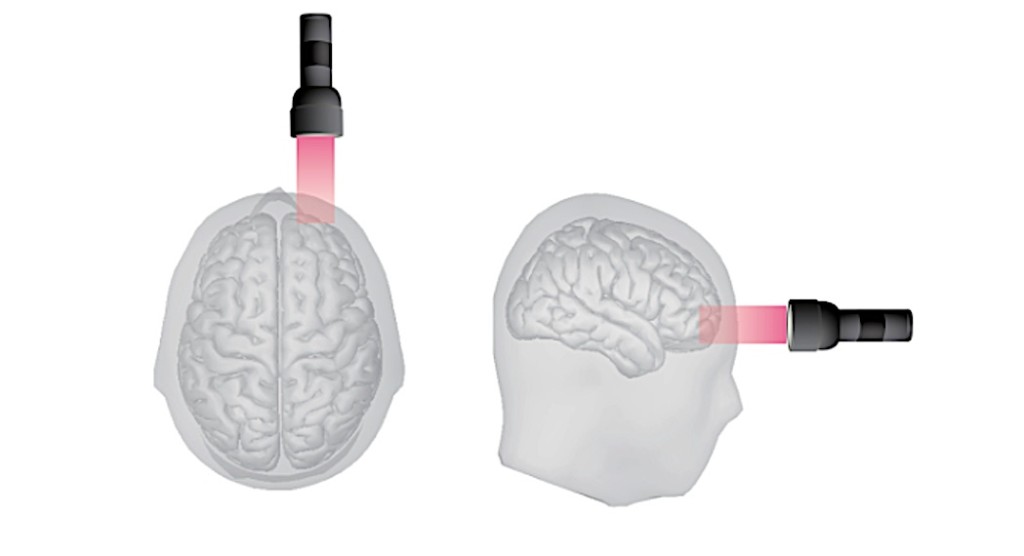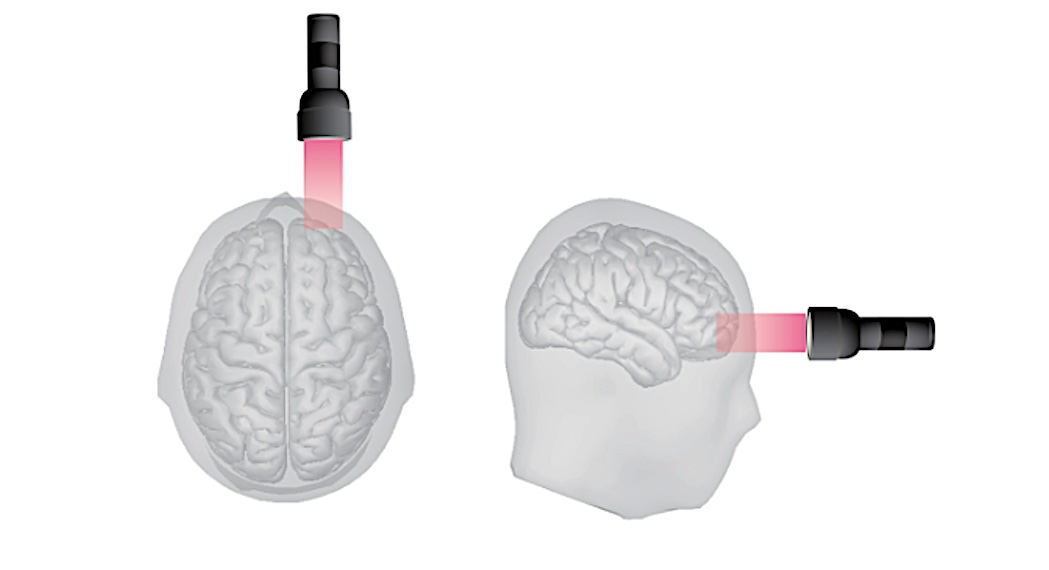
Laser light therapy has been shown to be effective in improving short term memory, according to a new study.
Scientists demonstrated that the therapy, which is non-invasive, could improve short term memory in people by 10%, and even up to 25 percent.
Scientists at the University of Birmingham in the UK and Beijing Normal University in China demonstrated the treatment, called transcranial photobiomodulation (tPBM), which is applied to an area of the brain known as the right prefrontal cortex.
This area is widely recognized as important for working memory. In their experiment, the team showed how working memory improved among research participants after several minutes of treatment. They were also able to track the changes in brain activity using electroencephalogram (EEG) monitoring during treatment and testing.
Previous studies have shown that laser light treatment will improve working memory in mice, and human studies have shown tPBM treatment can improve accuracy, reaction time, and high-order functions such as attention.
This is the first study, however, to confirm a link between tPBM and working memory in humans.
RELATED: The Mechanism Behind Memory Loss in Aging Was Identified By Scientists at Johns Hopkins
“People with conditions like ADHD (attention deficit hyperactivity disorder) or other attention-related conditions could benefit from this type of treatment, which is safe, simple and non-invasive, with no side-effects,” said Dongwei Li, a visiting PhD student in the University of Birmingham’s Centre for Human Brain Health, and co-author on the paper.
In the study, researchers at Beijing Normal University carried out experiments with 90 male and female participants, age 18 to 25. Participants were treated with laser light to the right prefrontal cortex at wavelengths of 1064 nm, while others were treated at a shorter wavelength, or treatment was delivered to the left prefrontal cortex. Each participant was also treated with a sham (which was an inactive tPBM) to rule out the placebo effect.
After tPBM treatment over 12 minutes, the participants were asked to remember the orientations or color of a set of items displayed on a screen. The participants treated with laser light to the right prefrontal cortex showed clear improvements in memory over those who had received the other treatments. While participants receiving other treatment variations were able to remember, on average, 1.9 of the test objects, those with the targeted treatment were able to recall, on average, around 2.1 objects.
Data, including from electroencephalogram (EEG) monitoring during the experiment was analyzed and showed changes in brain activity that also predicted the improvements in memory performance.
The researchers don’t yet know precisely why the treatment positively affects working memory, nor how long the effects will last. But further research is planned, so don’t break out the LED lights just yet.
LOOK: Listening to Music With a Groove Actually Boosts Brain Function
“It’s possible that the light is stimulating the mitochondria – the powerplants – in the nerve cells within the prefrontal cortex, and this has a positive effect on the cells’ efficiency,” said Professor Ole Jensen, also at the Centre for Human Brain Health.
DON’T Forget to Share the Light With Forgetful Friends on Social Media…




















